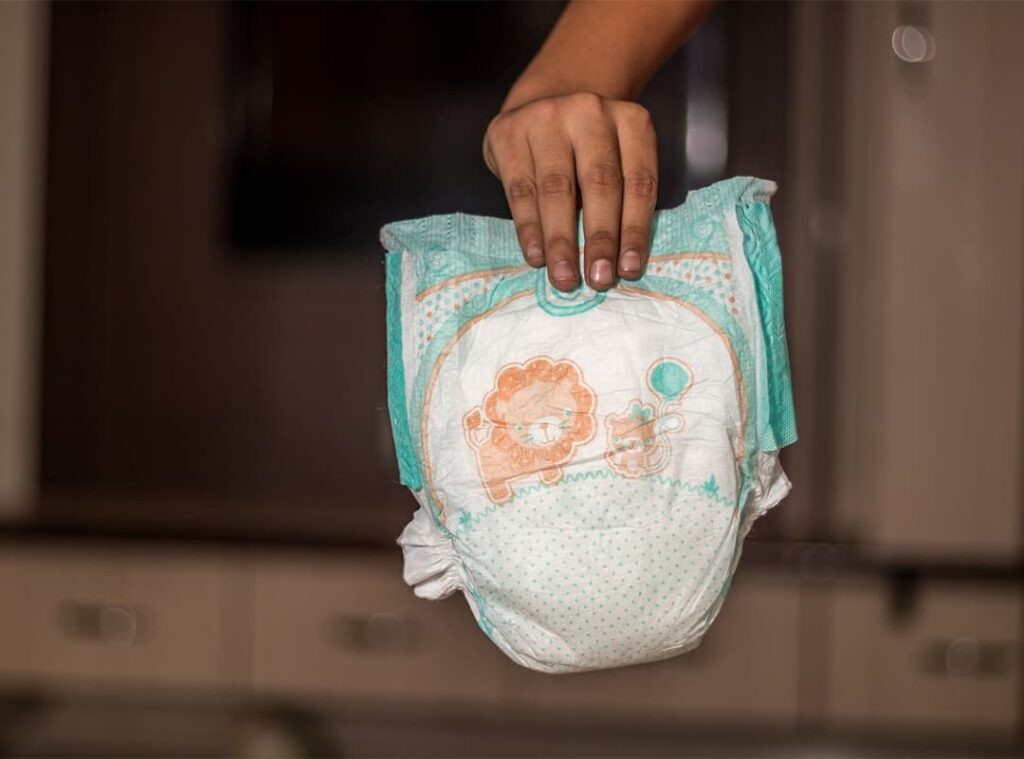Nappy covers play a crucial role in the world of cloth diapering, offering protection and comfort for babies while also adding a touch of style to their outfits. In this article, we dive into the various types of nappy covers available, highlighting their features, benefits, and considerations.
Understanding Nappy Covers
Nappy covers, also known as diaper covers or wraps, are waterproof or water-resistant outer layers that are used over cloth diapers to prevent leaks and contain moisture. They come in different styles and materials, each catering to specific preferences and needs of parents and caregivers.
Types of Nappy Covers
1. PUL (Polyurethane Laminate) Covers
PUL covers are popular for their waterproof yet breathable properties. They are made from a polyester fabric with a thin layer of polyurethane laminate, which provides waterproofing without compromising on airflow. PUL covers come in various styles including wraps, pull-on pants, and adjustable covers with snaps or hook-and-loop closures. They are easy to clean and quick-drying, making them convenient for daily use.
2. Wool Covers
Wool covers are a natural and sustainable option for cloth diapering. They are made from 100% wool, often sourced from merino sheep, known for its softness and moisture-wicking properties. Wool covers are breathable, naturally antibacterial, and regulate temperature, making them suitable for both warm and cool climates. They require lanolizing (treating with lanolin) to maintain their waterproofing capabilities. Wool covers are available in various styles, such as pull-on covers and wrap-style covers with adjustable closures.
3. Fleece Covers
Fleece covers are another popular choice for cloth diapering. Made from synthetic fleece fabric, they offer a soft and comfortable fit for babies. Fleece covers are breathable and provide a moisture-wicking barrier that helps keep baby’s skin dry. They are easy to care for and do not require lanolizing like wool covers. Fleece covers come in pull-on styles or with adjustable closures, offering flexibility in fit and ease of use.
4. Hybrid Covers
Hybrid covers combine features of different materials to offer versatility and convenience. For example, some hybrid covers have a PUL outer layer for waterproofing and a natural fiber inner layer for absorbency. This design allows parents to customize the absorbency level by using different inserts or prefolds inside the cover. Hybrid covers often come with adjustable closures for a snug fit and are suitable for parents who prefer a flexible diapering system.
Choosing the Right Nappy Cover
When selecting a nappy cover, consider your preferences, lifestyle, and your baby’s needs:
- Absorbency Requirements: Determine whether you need a cover that works with fitted diapers, prefolds, or inserts.
- Fit and Adjustability: Look for covers that offer adjustable closures and a snug fit around the legs and waist to prevent leaks.
- Care and Maintenance: Consider the ease of cleaning and whether the cover requires special treatments like lanolizing.
Nappy covers are essential components of cloth diapering systems, offering protection, comfort, and style for babies. Whether you opt for the waterproof reliability of PUL covers, the natural benefits of wool covers, the softness of fleece covers, or the versatility of hybrid covers, there’s a nappy cover to suit every family’s preferences and needs. Explore the different types of nappy covers available and find the perfect choice to keep your baby dry, comfortable, and stylish throughout their diapering journey.
